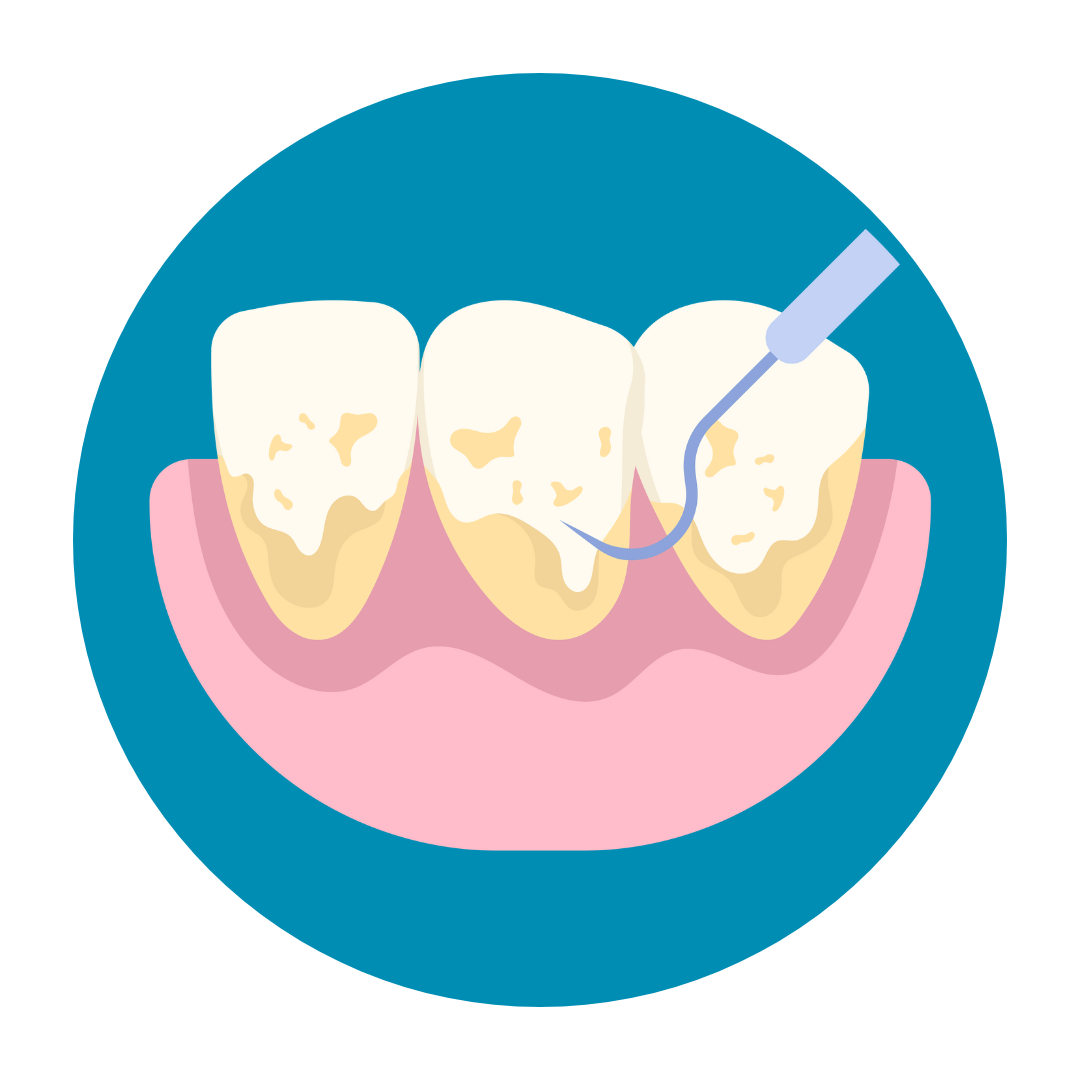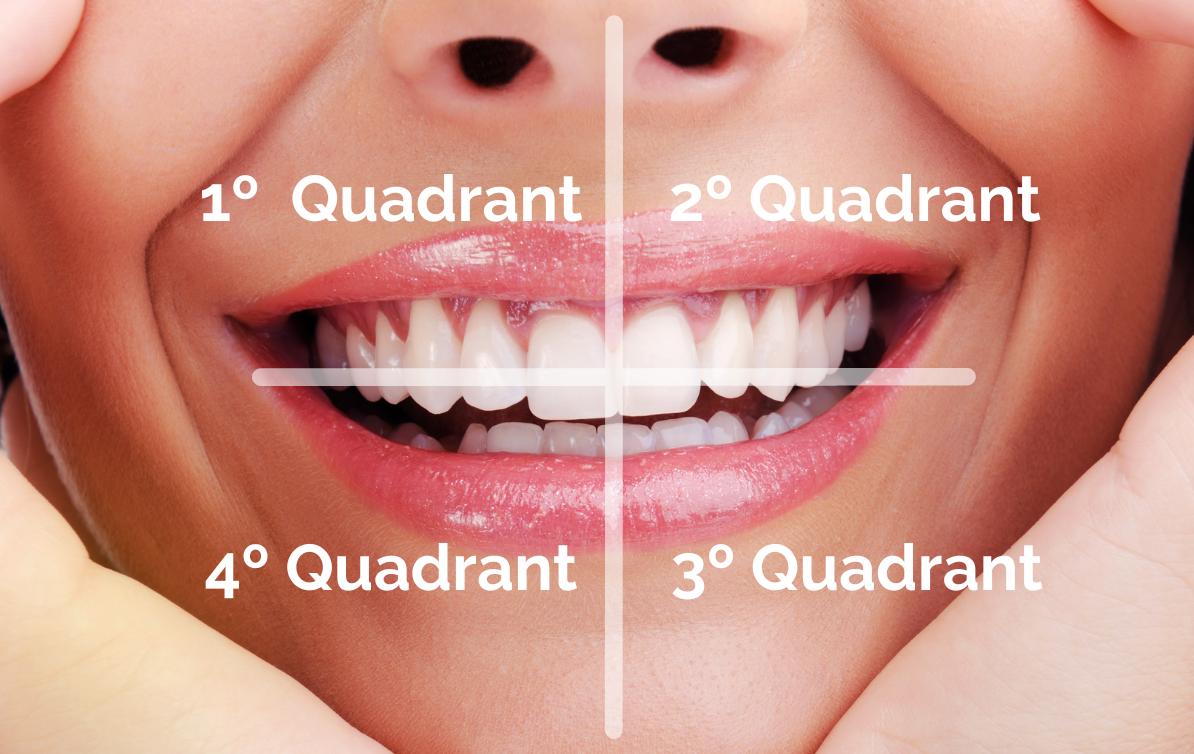Scaling and Root Planing
Scaling and Root Planing
It is a treatment that aims to remove bacterial plaque and tartar that exist below the gums.
There are two scenarios in which it is possible to work with Scaling and Root Planing:
- Scenario #1 – Scaling and Root Planing with a Closed Flap
- Scenario #2 – Scaling and Root Planing with an Open Flap

Closed Flap
When performing this treatment, it is usual to divide the mouth into 4 quadrants and carry out the treatment in four different sessions to make it as comfortable as possible for our patient.

To perform this treatment, we use a minimally invasive, state-of-the-art ultrasound device called PIEZON, and we finish with the use of curettes due to their greater tactile sensitivity and ease of adaptation to the root surface. We then use an efficient system for removing dental stains and bacterial biofilm through AIRFLOW technology.
This treatment achieves tissue healing through repair, which allows the gingival tissues to reattach to the tooth, reducing or completely eliminating the pocket that formed as a result of subgingival (under the gum) penetration of bacterial plaque and calculus.
Clinically, we observe the disappearance of edema, bleeding on probing, and a reduction in pocket depth.
Open Flap
When a patient presents with deep periodontal pockets, it means that the space between the tooth and the gum is so large that it cannot be controlled through closed-field root planing and scaling. In this case, we need to perform open-field root planing and scaling, which we call periodontal surgery.
Periodontal surgery is a simple surgical procedure that involves separating the gum from the tooth. This is done for several purposes:
- To clean the roots of the teeth with a special instrument called curettes and we use ultrasonic devices such as cavitron and PIEZON to help us decontaminate the tooth root.
- To visualize how much damage has been done to the bone to determine if we can reconstruct it with a procedure called guided tissue regeneration or simply regularize it with a procedure called bone regularization.
Afterward, we place the gum back in its place and use stitches that we usually remove after 7 days.
If you are a very anxious person, we recommend performing these procedures under intravenous sedation. This way, the patient will remain without anxiety, tension, or pain, but responding to stimuli or orders.



